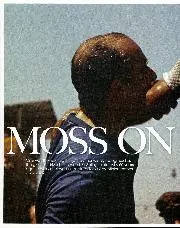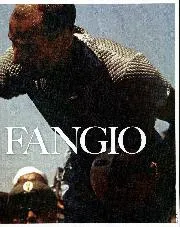Stirling Moss will brook no argument when it comes to the best racing driver of all time, but he has always maintained that Fangio was a greater man even than driver, that it was his humility – in the face of all that accomplishment – that one remembered most. “Fangio was a quiet man, not at all an extrovert,” Stirling said, “but when he came into a room conversation would fade away, as everyone turned to look at him…”
From the beginning of ‘my morning with Fangio’, he was utterly charming, if anything more shy than I. Always a little bandy-legged – hence the nickname ‘El Chueco’ by which he had come early in his career in Argentina – he was also now a little stooped as he smilingly came over to shake hands, then to introduce me to our interpreter, who sparkled in his presence, and proved well able to do justice to the nuances of his anecdotes.
It is amusing now, in this time of obsession over team orders, over favouritism towards one driver or whatever, to recall Fangio’s response when I brought the subject up. At once he burst out laughing. In those days, such matters were dealt with on more of a… grass roots level.
“At Monza in 1953, my Maserati had a terrible vibration all through practice. It could not be cured, and I was worried that the car wouldn’t last the race. In every team I drove for, you know, I always made sure of having the mechanics on my side – whatever I win, I would tell them, you get 10 per cent.
“Anyway, the night before this race I complained again about the vibration in the car – and on Sunday it was miraculously cured, and I won!” A pause, a sly grin. “I’ve no idea how they solved the problem – but I do remember that Felice Bonetto’s teeth fell out…”
My very first meeting with Fangio was a matter of complete chance. I started work as a racing journalist in 1971, and the Monaco Grand Prix was only the second race I had covered. On the Monday I was killing time before leaving for the airport, and noticed that something seemed to be going on at Rampoldi’s, one of my favourite restaurants, a wisp of Somerset Maugham’s Cote d’Azur. Sundry vans were parked outside, and when I ventured in I found a small crowd around one of the tables, arc-lights and movie cameras everywhere.
On the table were several Solido model racing cars, and breadsticks arranged as part of ‘a circuit’. Sitting there was Fangio, recreating the famous incident at Monaco in 1950, when there was a multiple accident at Tabac on the first lap. Now, in London, I brought up the subject of that race.






